Where to see Barbara Hepworth’s art
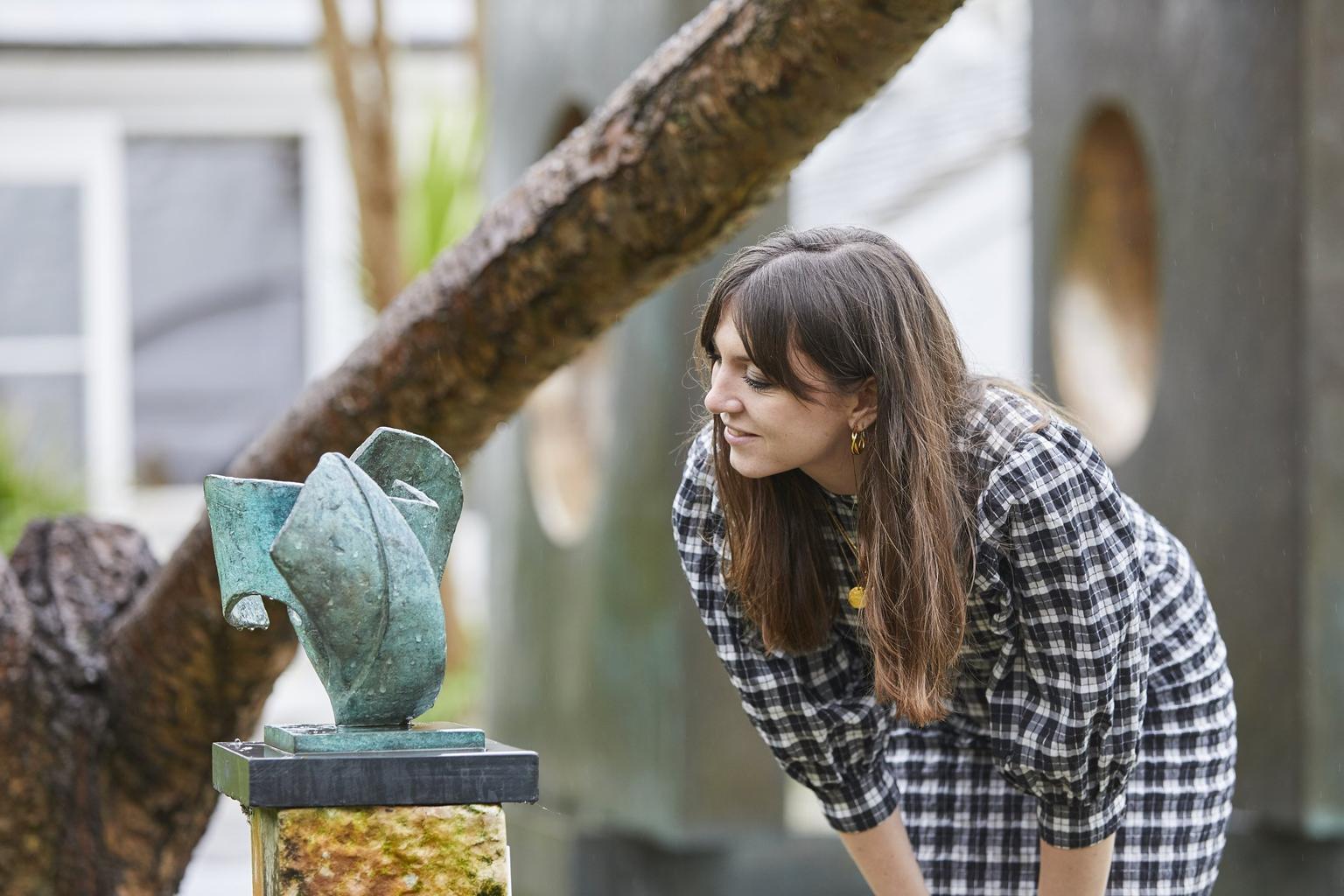
From her iconic sculptures to subtle prints, Barbara Hepworth’s art should be seen up close. Here’s where you can find work by this major British artist in museums and galleries across the UK.
Born at the beginning of the 20th century, Barbara Hepworth became one of its most important artists.
From Wakefield, West Yorkshire, she studied at Leeds School of Art and the Royal College of Art in London, before learning how to carve marble from an Italian master in Rome.
She is most famous for her abstract sculptures, often pierced with holes and monumental in size. This style, now immediately recognisable, was developed in the 1930s, when Hepworth connected with avant-garde artists in Europe.
Closely linked to both Yorkshire and St Ives in Cornwall, where she moved in 1939, it’s no surprise that you’ll find plenty of Barbara Hepworth’s works in these locations – but there are lots more to discover across the UK.
Here’s our guide to where to see art by Barbara Hepworth in the UK. We’ve focused on museums and galleries that have a few of her works in their collections, so you can be pretty sure you’ll find at least one when you visit. And of course, don’t forget to pack your National Art Pass to get great benefits at lots of these venues.
Did you know? The Hepworth Wakefield and Art Fund are fundraising to save a vital work by Barbara Hepworth. Find out more about the campaign and how you can help.
Where to see art by Barbara Hepworth with an Art Pass
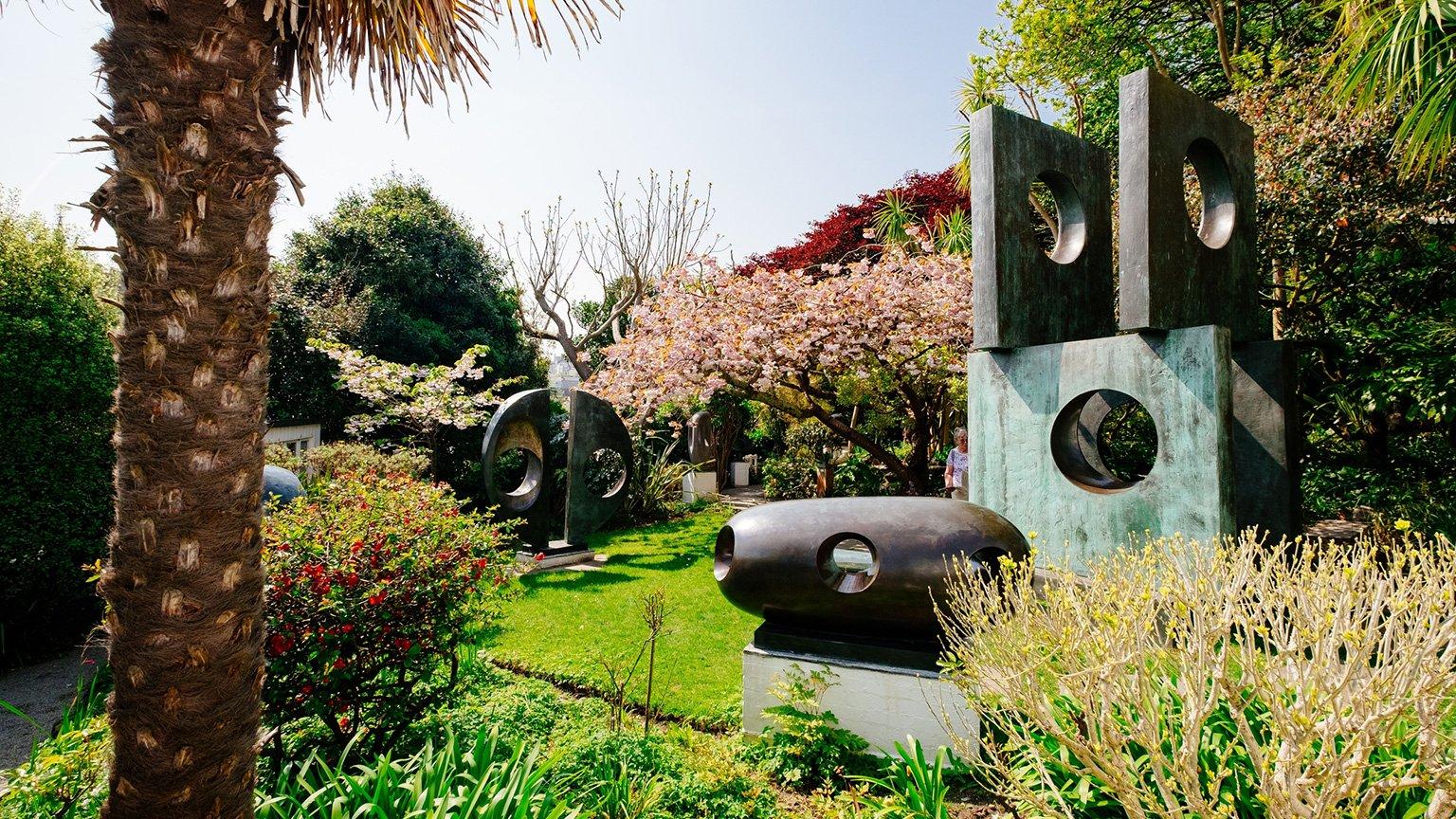
Barbara Hepworth Museum & Sculpture Garden
Just before the outbreak of the Second World War, Barbara Hepworth and her husband, artist Ben Nicholson, moved to St Ives in Cornwall, which would become a place of constant inspiration. She bought Trewyn Studio in 1949 and lived and worked there for the rest of her life. It’s now the Barbara Hepworth Museum and Sculpture Garden, where you can see lots of her bronze sculptures in the places where she put them – as well as her light-filled workshop, with her tools laid out as if about to be picked up.
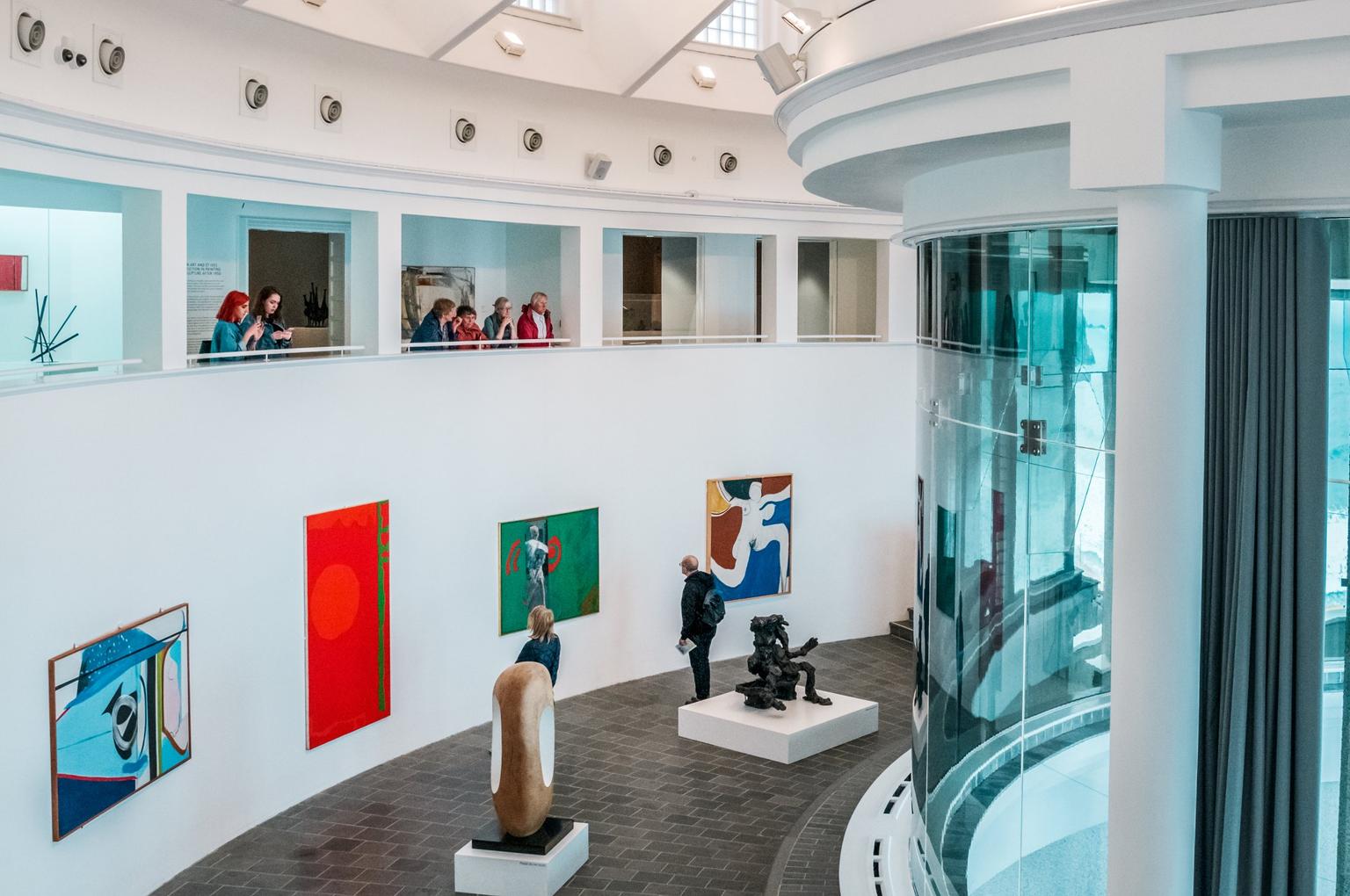
Tate St Ives
Also in Hepworth’s beloved Cornwall, naturally Tate St Ives has a number of her works. And as the gallery overlooks Porthmeor Beach, you can get a sense of the vast sea and skylines that inspired her. Why not combine a trip to both Tate St Ives and the Barbara Hepworth Museum and Sculpture Garden (just a few minutes away) for the ultimate Hepworth holiday?
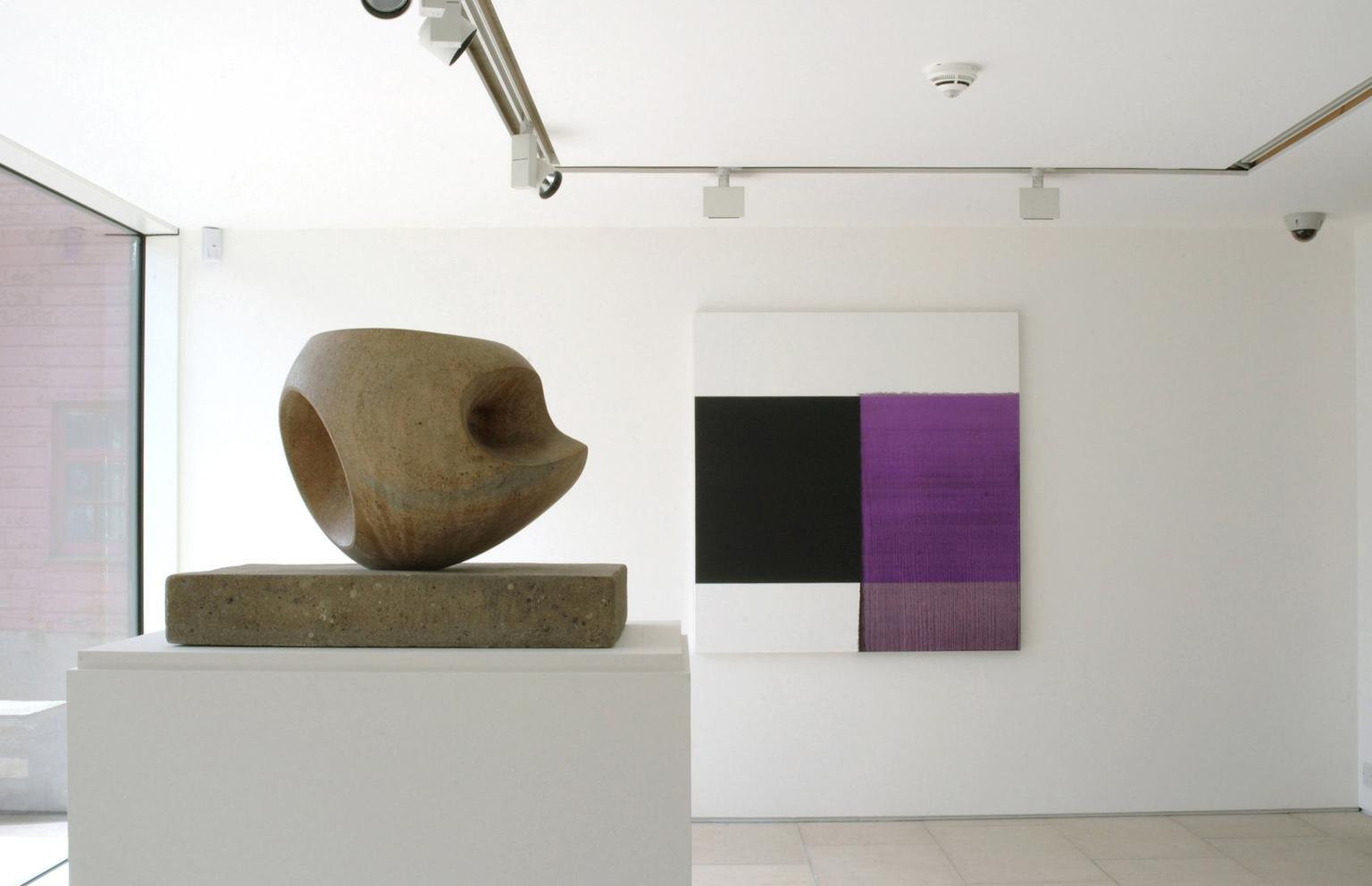
Pier Arts Centre
This little waterside gallery has one of the finest collections of 20th-century British art in the UK, including lots of pieces by Barbara Hepworth, spanning drawings, prints and sculptures. You’ll even find one looking out to sea – her sculpture Curved Form (Trevalgan) (1956) sits on the pier. Many of these works belonged to Margaret Gardiner, an early champion of Hepworth, who donated her art collection to the people of Orkney. You can learn more about Hepworth and Gardiner’s friendship in this short film.
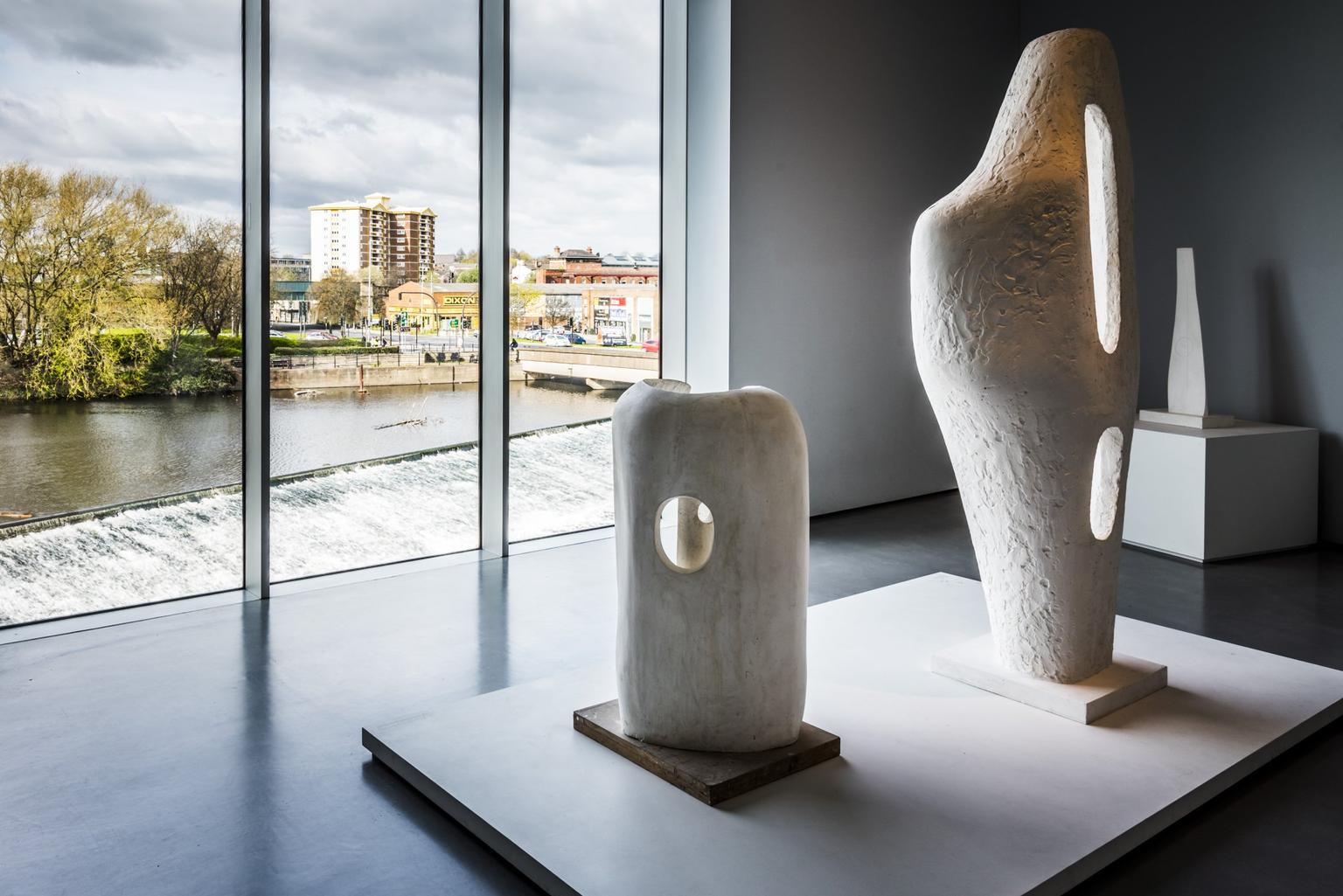
The Hepworth Wakefield
Named after Barbara Hepworth, in the city where she was born, is the stunning Hepworth Wakefield. The grey, angular building rises from the banks of the river like one of Hepworth’s sculptures itself. At the heart of the gallery’s collection is the Hepworth Family Gift – a group of prototypes (models) that Hepworth made for her sculptures, the centrepiece of which is the working model for Winged Figure (1961-62), a commission from John Lewis for their flagship store on Oxford Street in London. The gallery has finished sculptures as well as models, plus drawings, lithographs and screen prints, and you can explore Hepworth’s life and work in two permanent exhibitions.
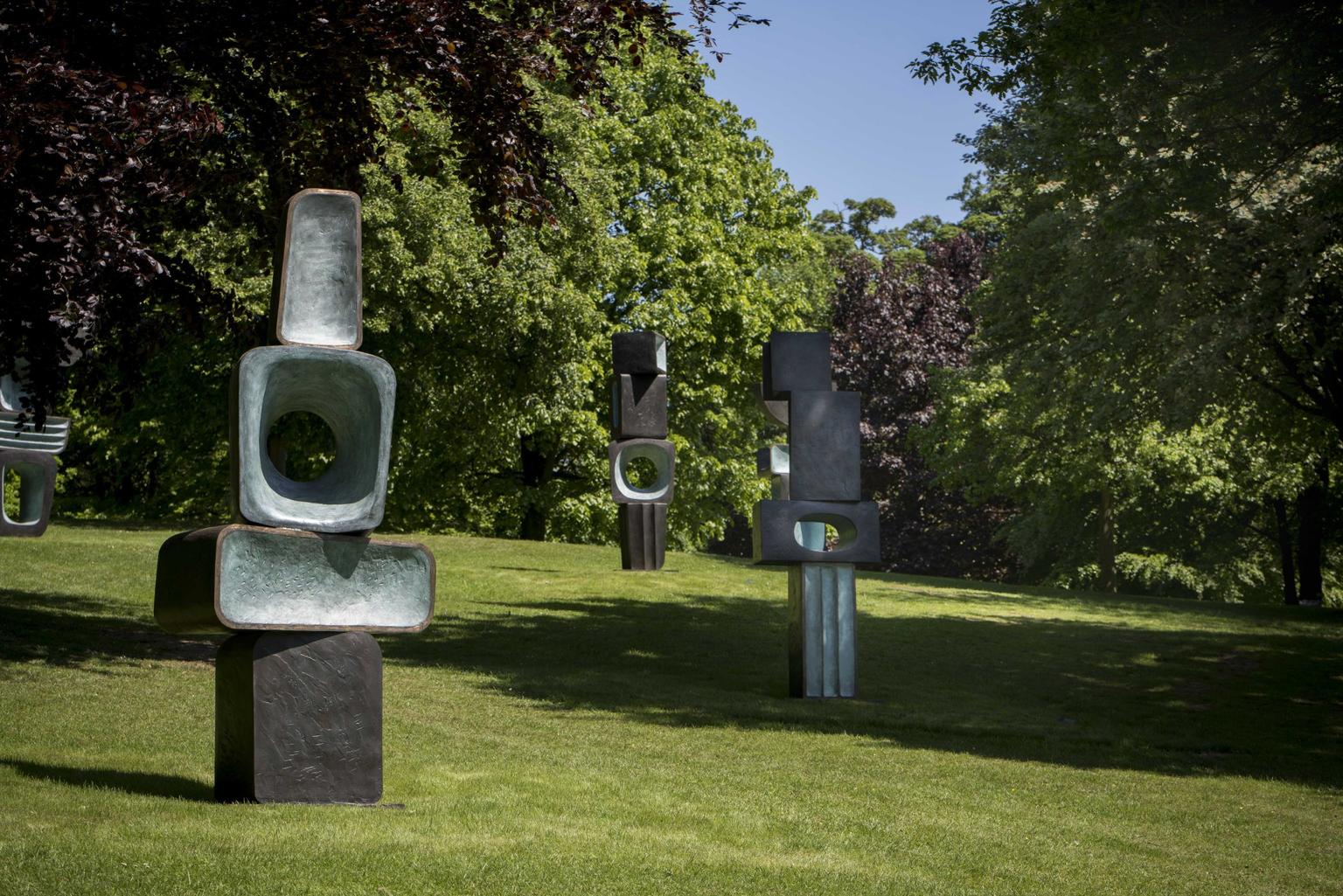
Yorkshire Sculpture Park
When in Wakefield, you mustn’t leave without visiting Yorkshire Sculpture Park. Sculptures by major modern and contemporary artists are dotted across the landscape; and of course, Yorkshire’s most famous artists, including Barbara Hepworth, are well represented. You’ll find two of her major bronze works outdoors: Squares with Two Circles (1963) and The Family of Man (1970), a group of nine figures with different personalities. As any local will know, a trip here isn’t complete without a photo taken peeking through the holes.
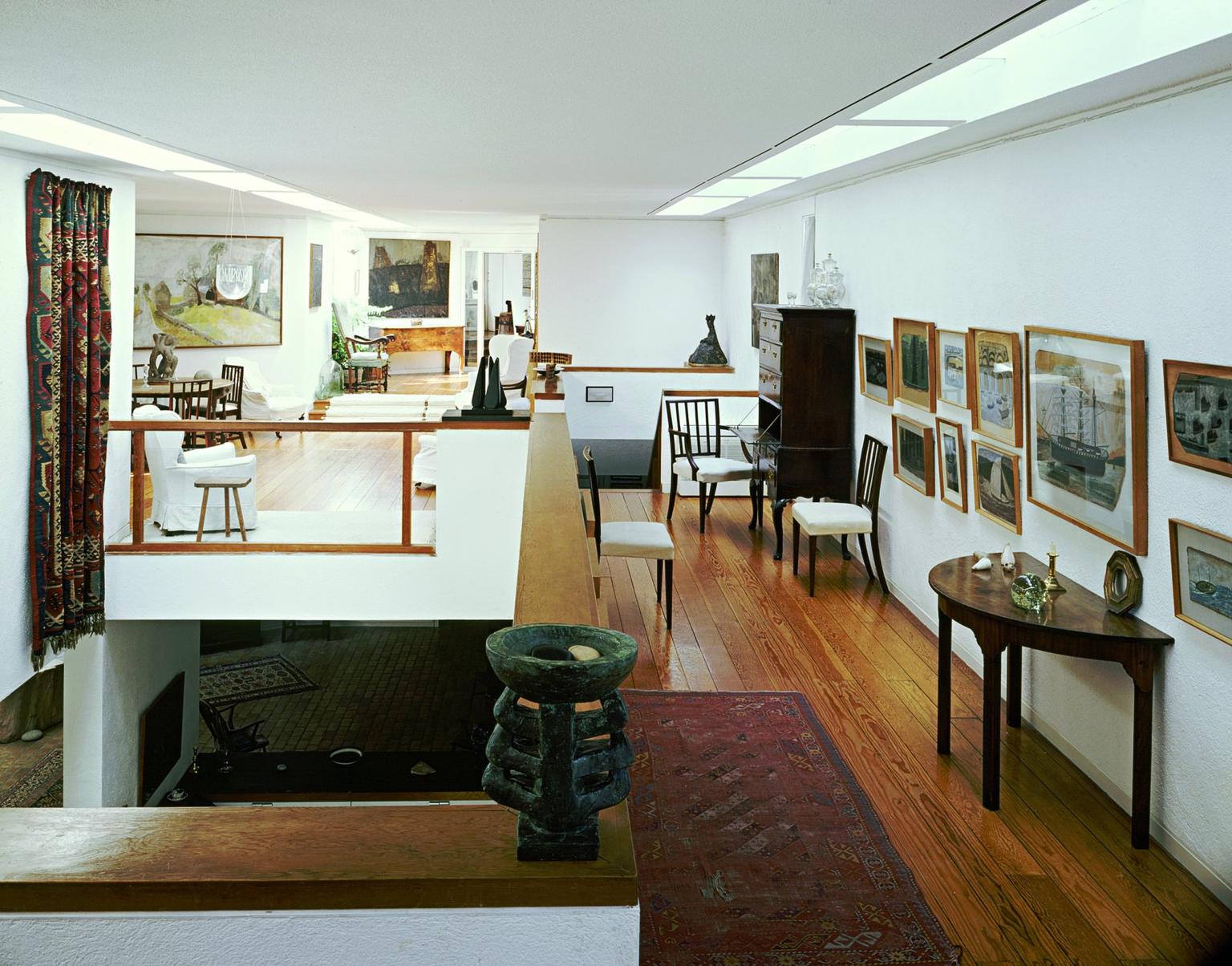
Kettle's Yard
“In my heart I longed to have a work of mine in your house & in the lovely company of paintings by BN, Winifred, Kit, Wallis & so on.” So wrote Barbara Hepworth to Jim Ede, the creator of Kettle’s Yard, in 1968. Ede and his wife Helen turned four derelict cottages in Cambridge into their home and a living work of art, placing works by friends and artists they admired in conversation with each other. See if you can spot two small sculptures by Hepworth, made from slate and silver, in the house and extension.
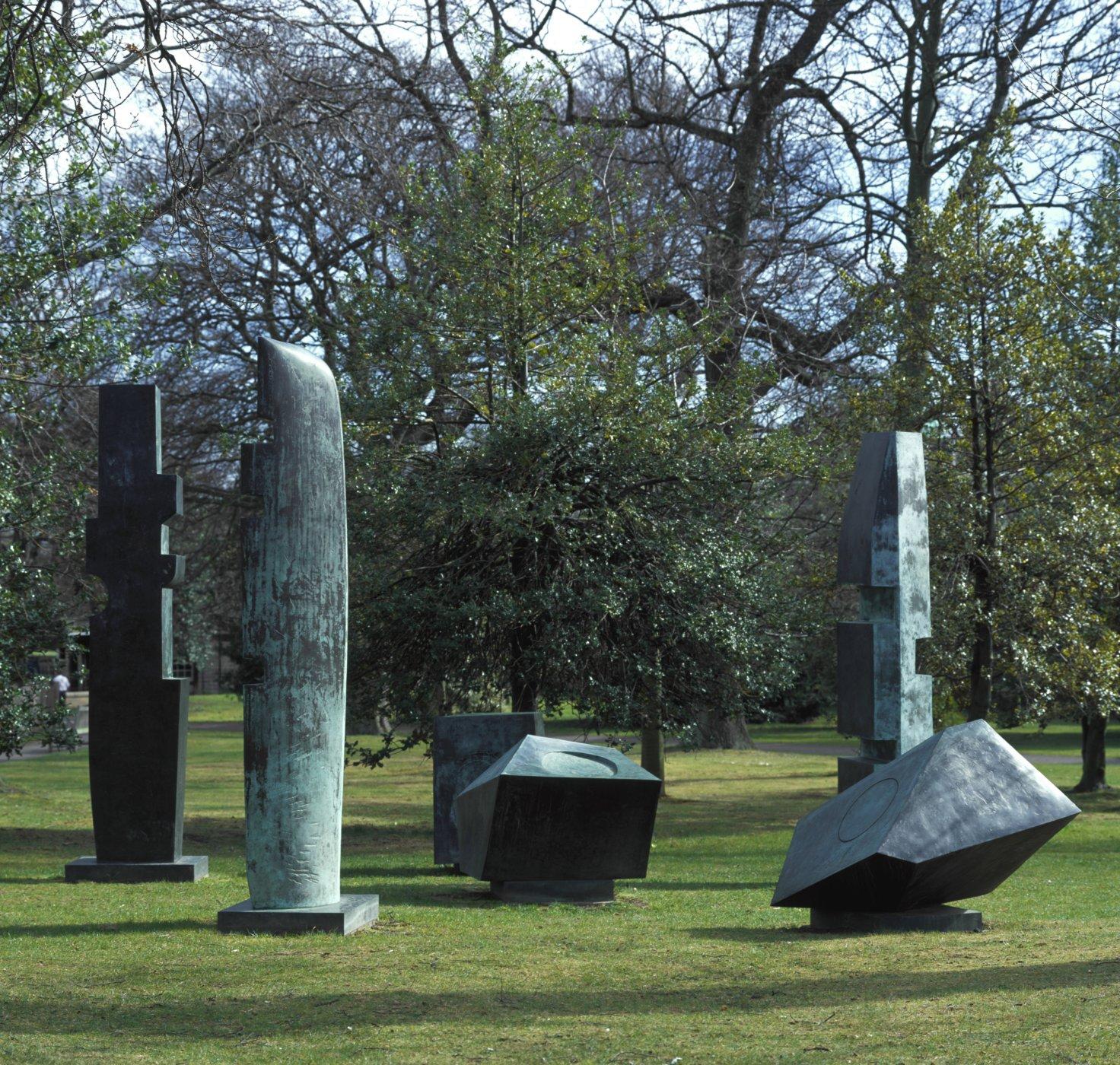
National Galleries Scotland: Modern
The Modern in Edinburgh has a great example of Hepworth’s stringed sculptures, which she began making in 1939. The wood sculpture Wave (1943-44) , like many of these pieces, was inspired by the landscape of Cornwall, with strings pulled taut between the inside and outside of its oval shape. Hepworth said of this type of sculpture: “the strings were the tension I felt between myself and the sea, the wind or the hills.”
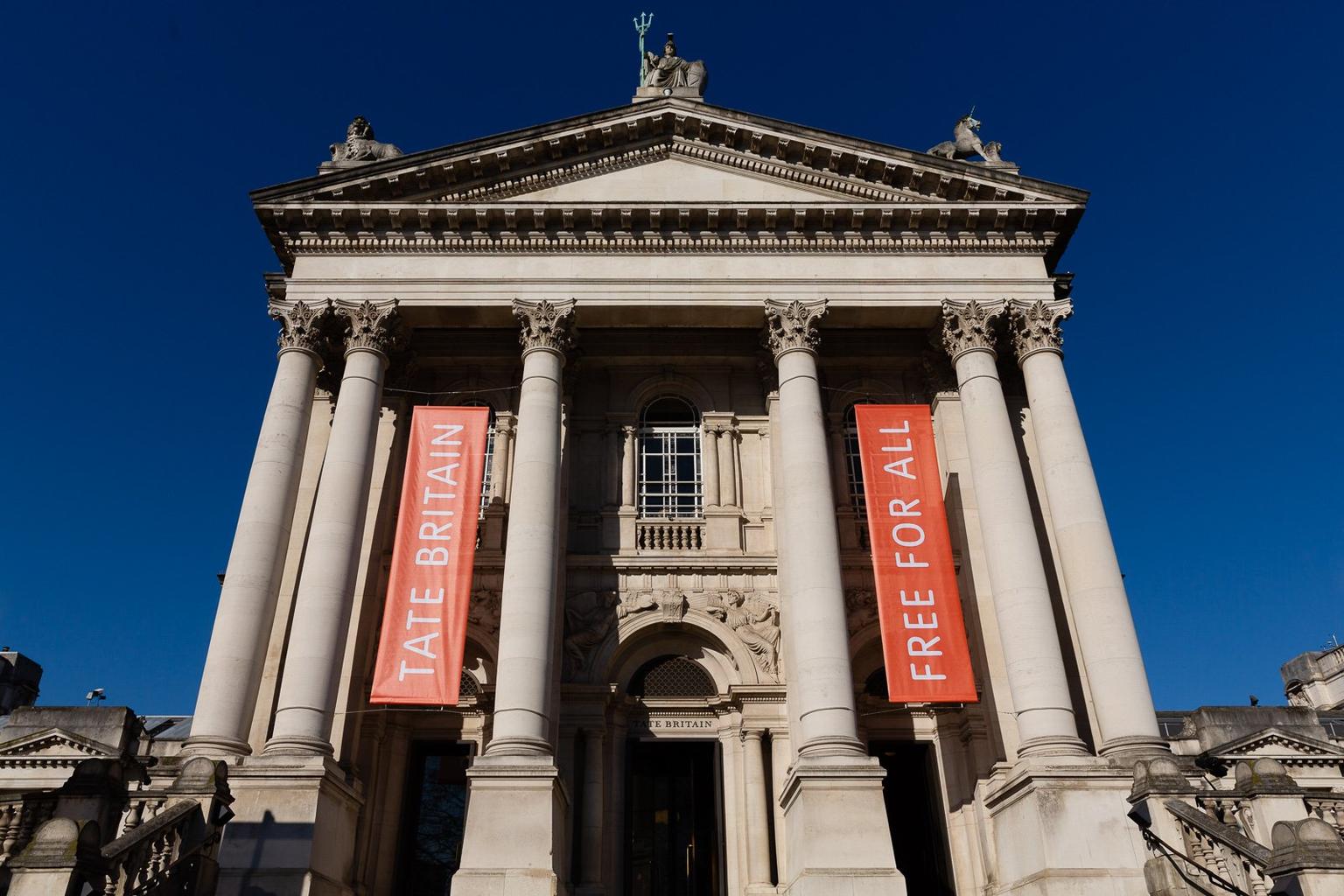
Tate Britain
The story of 500 years of British art would not be complete without Barbara Hepworth – so of course Tate Britain has a number of her most striking works, including Pelagos (1946), another of her highly skilled strung carvings.
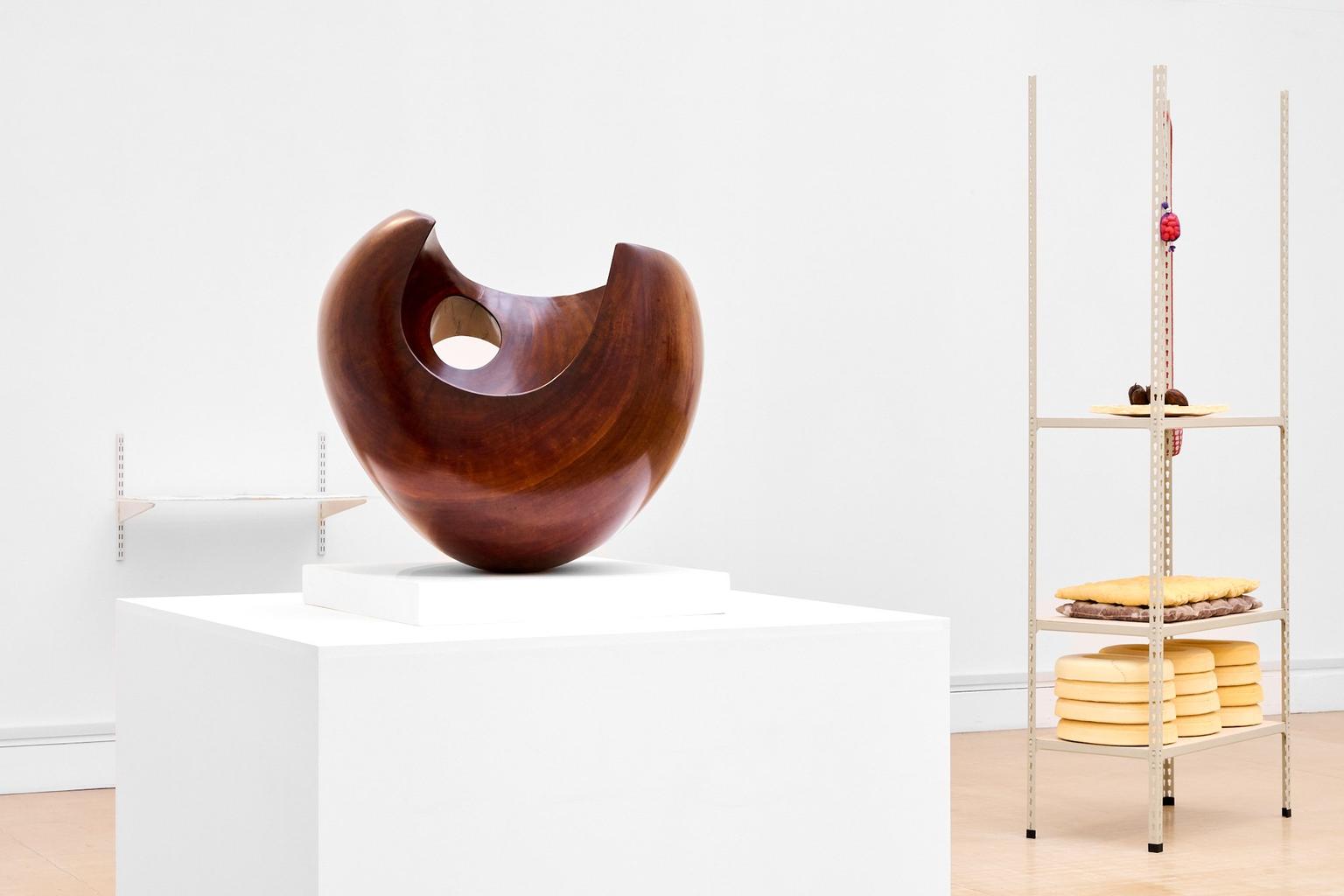
Leeds Art Gallery
Leeds was the first place to hold a retrospective exhibition of Hepworth’s work (at Temple Newsam in 1943) – and it’s no surprise that the art gallery in the city where she studied should have a number of her works in their collection. Don’t miss the current exhibition ‘An Axis of Abstraction’: Art in Cornwall and Yorkshire – Then and Now, which explores the exchange of artists and ideas between these two places during the 20th century and includes work by Hepworth, who was central to this cross-fertilisation. After exploring the gallery, you can wind down and reflect in the famous Tiled Hall café.
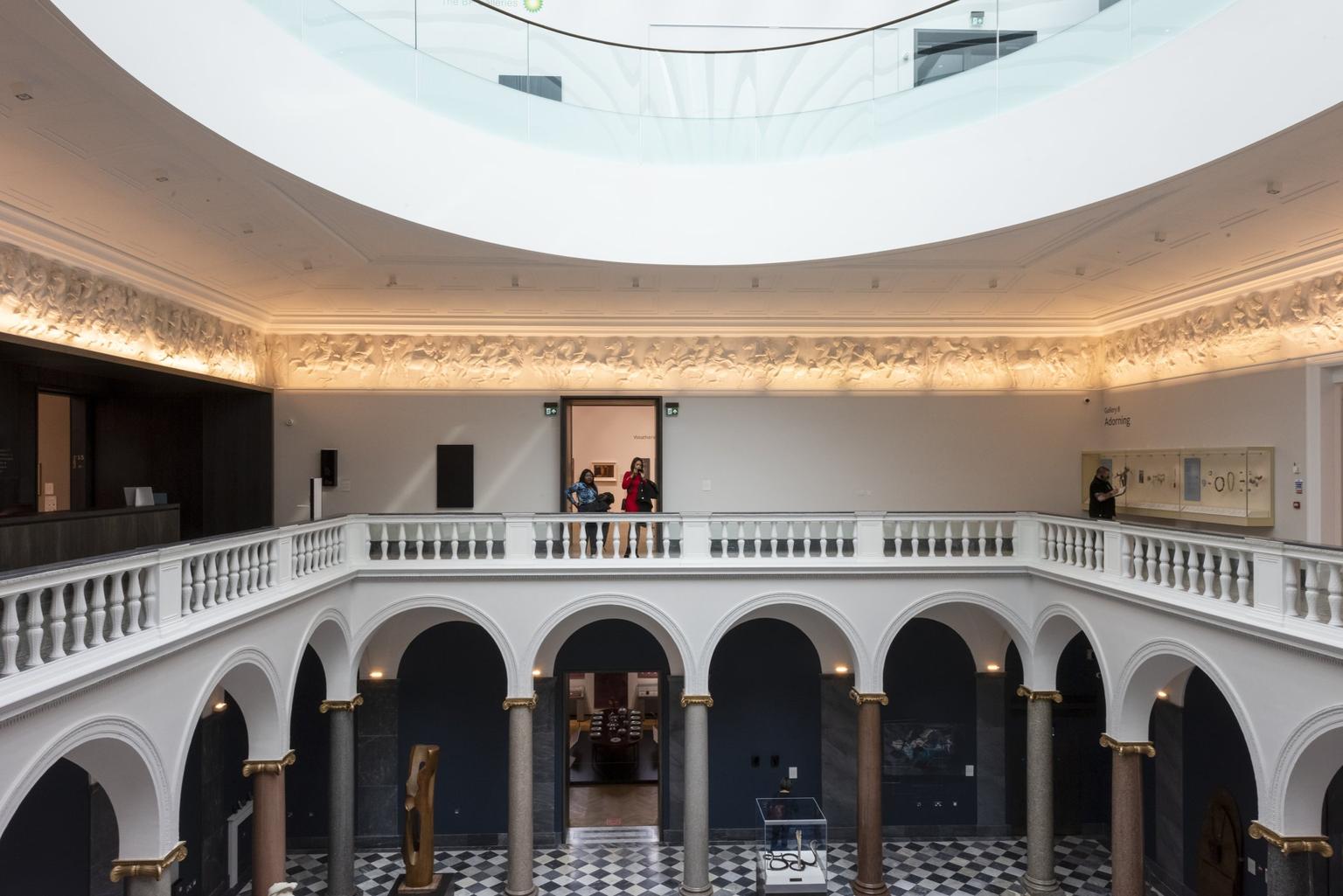
Aberdeen Art Gallery
You should be able to find at least a couple of Hepworths dotted around Aberdeen Art Gallery, including on the roof and in the sculpture court. Art Fund helped to place a serenely beautiful work made from Irish green marble, the aptly titled Meditation (1972), with the gallery in 2011.
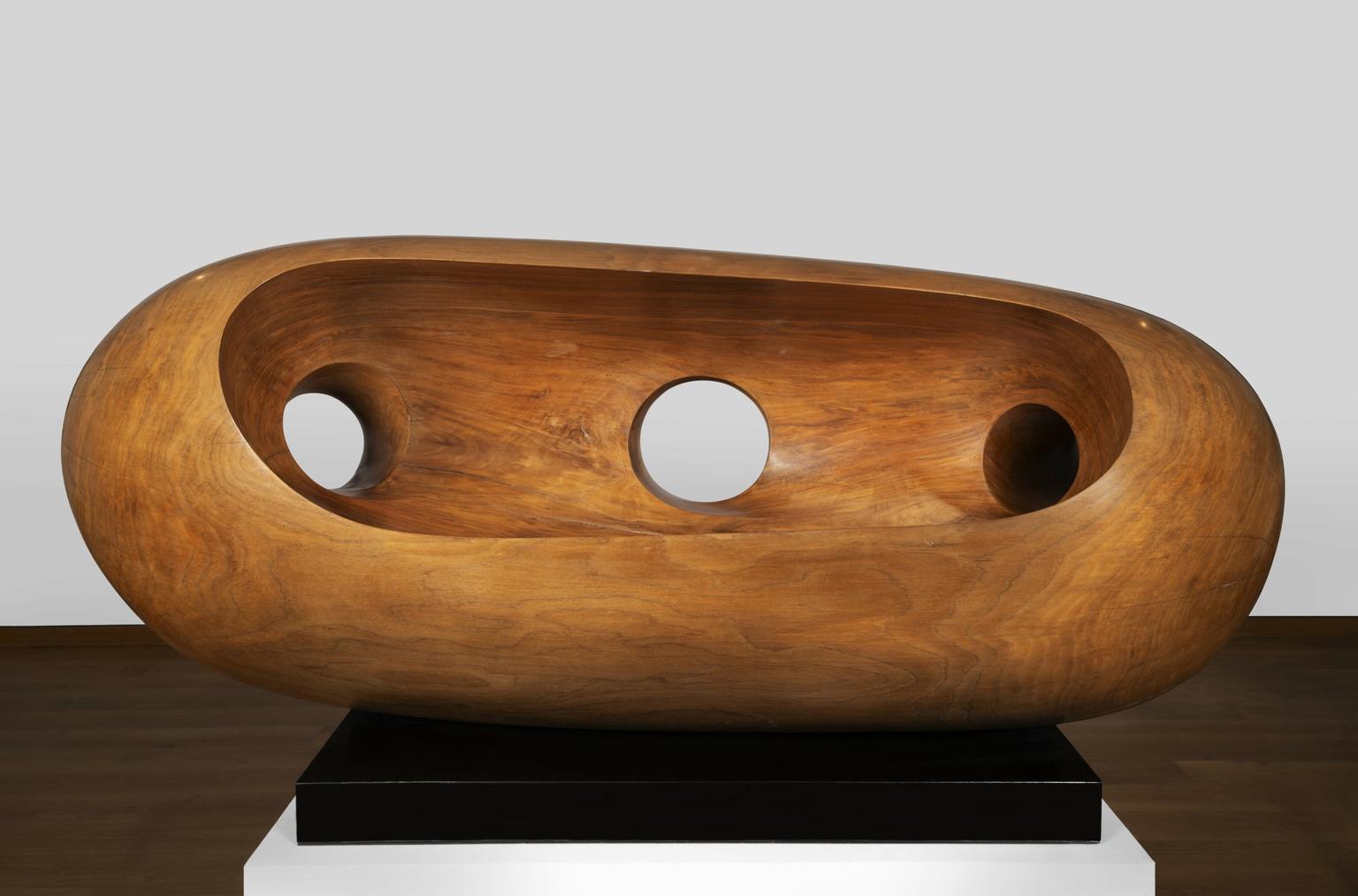
Ashmolean Museum
Britain’s oldest public museum is vast in scope. If you feel like you don’t know where to start, start with the Modern Art gallery. You’ll find a number of Hepworth’s sculptures in here, alongside work by Francis Bacon, Lucian Freud, Henri Matisse and Pablo Picasso.
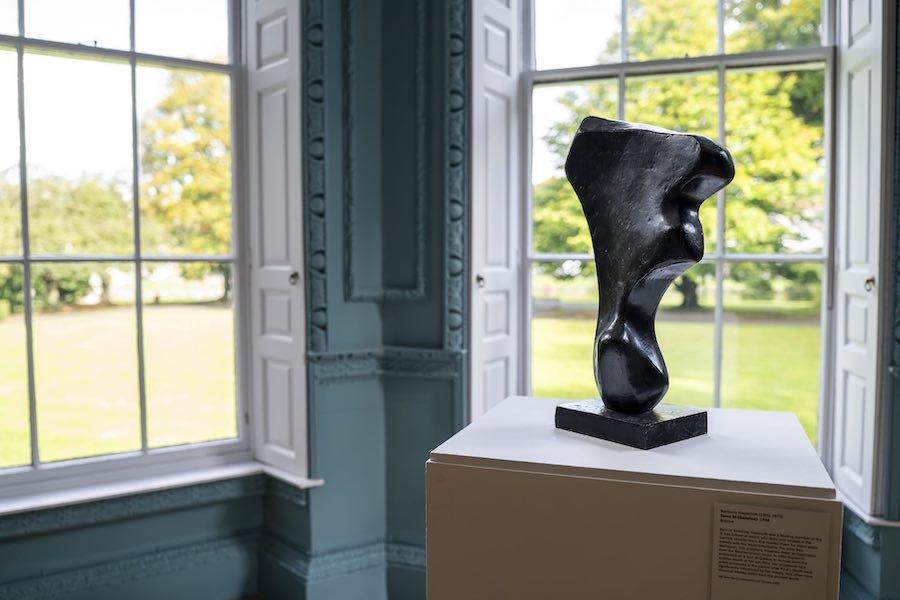
Abbot Hall Art Gallery
Hepworth preferred her work to be shown outside and loved the idea of it being experienced in the open air. In tune with the Cumbrian landscape that surrounds it, Abbot Hall Art Gallery in Kendal is one of a number of galleries to have shown her work both outdoors and indoors, and held an exhibition exploring how she thought, felt and spoke about the landscape in 2014. The gallery has a number of works by Hepworth in its collection, including Moon Form (1968), which is sculpted from a single piece of white marble and was the centrepiece of that exhibition.